China Moon Mission Reveals Lunar Volcano Activity
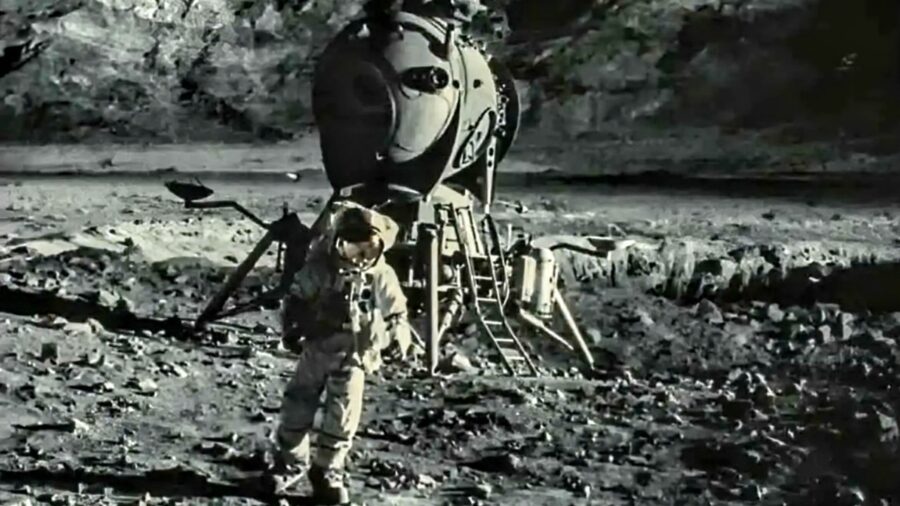
The remnants of the moon’s volcanic activity that stems back more than three billion years have helped scientists concoct theories about the orbiting body’s evolution. However, a recent set of findings from a Chinese lunar expedition from 2020 shows that moon volcanoes might still be active today. The data shows that these geological wonders have erupted in the last 100 million years and purports that some of them might well be capable of erupting.
What Did China Discover On The Moon?
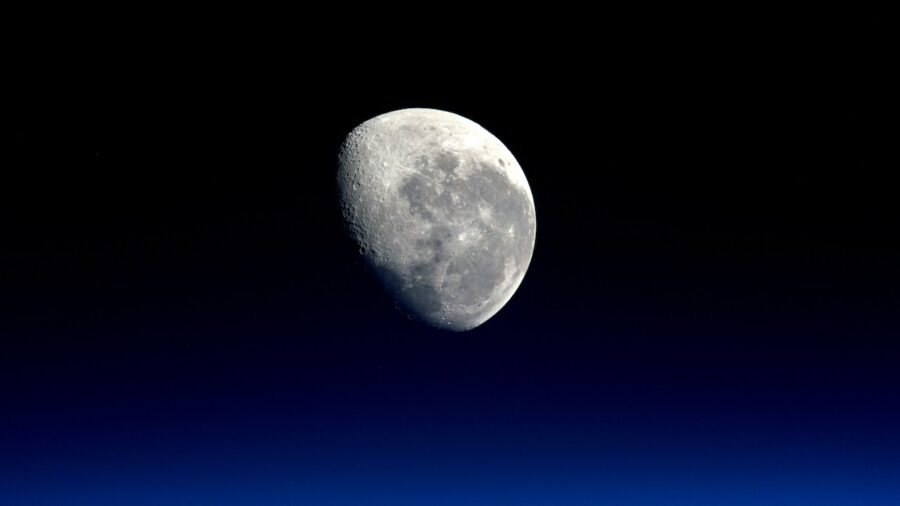
While 100 million years sounds like an eternity ago, when it comes to geological ages, it’s a span of time that is considered pretty recent. What this means for the moon and its volcanoes is that not all of the discoveries found inside soil samples from craters were necessarily from deposits made by asteroid impacts.
To get a better understanding of why this is significant, knowing what the Chinese spacecraft Chang’e 5 discovered is crucial.
Moon Rock Turned To Glass
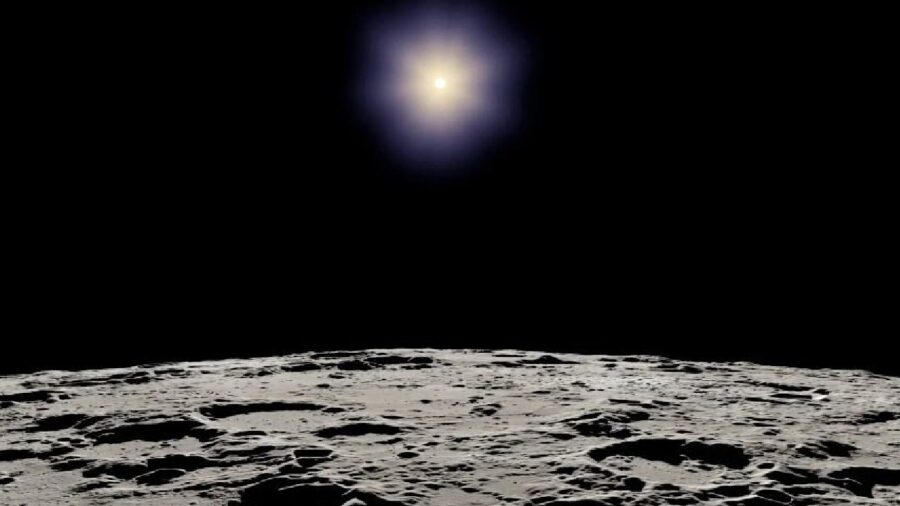
The lunar module landed on a part of the moon that was thought to have been subjected to the aftermath of volcanoes erupting billions of years prior.
But the soil samples collected here revealed three glass beads taken from the .6 ounces of lunar dirt by Chang’e 5. Ranging in size from 20 to 400 microns, these tiny beads could have been formed after an asteroid hit the area and melted the moon’s rocks until they turned to glass.
Moon Volcanoes Still Active?
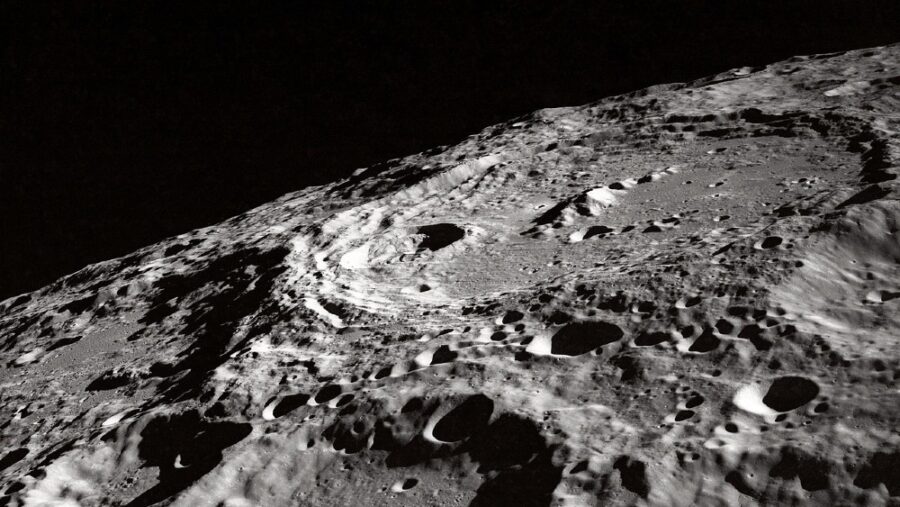
However, the team of Chinese scientists that analyzed the lunar dirt samples have put forth another theory. Bi-Wen Wang and Qian Zhang of the Institute of Geology and Geophysics at the Chinese Academy of Sciences in Beijing penned in a recently published paper that Uranium-dating of the beads shows that they formed an estimated 100 million years ago.
If this is correct, it means that the intense heat that melted the rocks was much more likely to have come from the magma of moon volcanoes than an asteroid.
Not The First Time
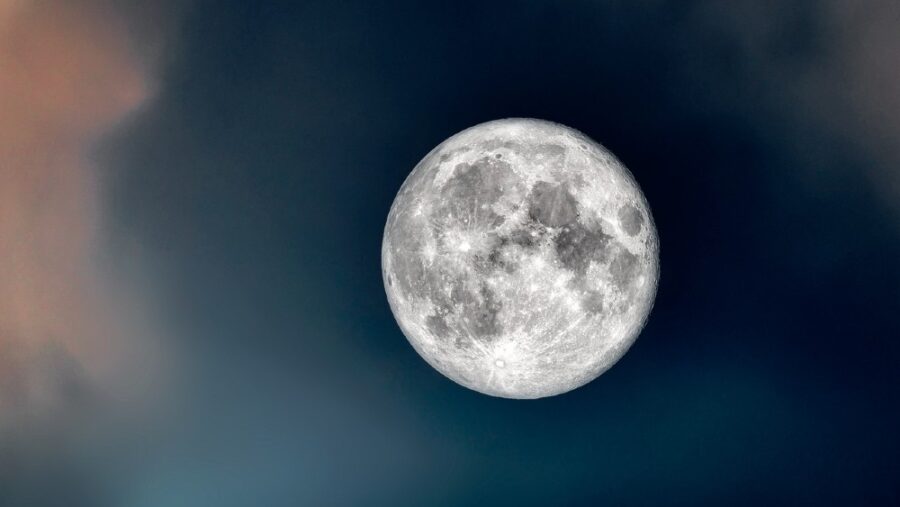
The moon volcanoes would have deposited uranium into the samples collected by Chang’e 5, making it possible for scientists to measure the element’s radioactive decay.
The uranium is found coupled with lead in the rocks, and slowly leaves behind only the latter element over time. Simply put, the greater the ratio of lead to uranium, the older the rock.
As revolutionary as China’s discovery of moon volcanoes might be, it’s not the first time that recent eruptions have been speculated about. In 2014, a Lunar Reconnaissance Orbiter launched by NASA showed dozens of irregular surface features on the moon, suggesting that some volcanic activity has possibly occurred in the not-so-distant past (in the geological sense of time, anyway).
Rethinking The Moon
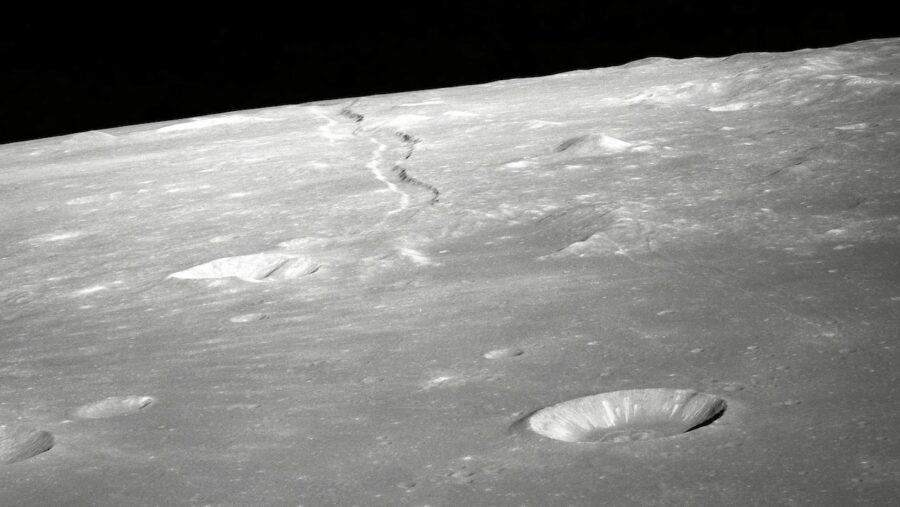
But while the images captured by NASA might paint a picture of moon volcanoes erupting recently, the glass beads collected by China offer some pretty solid proof of it.
With this discovery comes some serious rethinking of the moon’s changes over time, most significantly showing scrutiny on the age-old theory that the moon’s interior cooled billions of years ago and making these volcanic eruptions impossible.
Sources: Science












